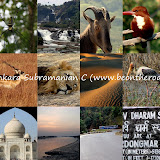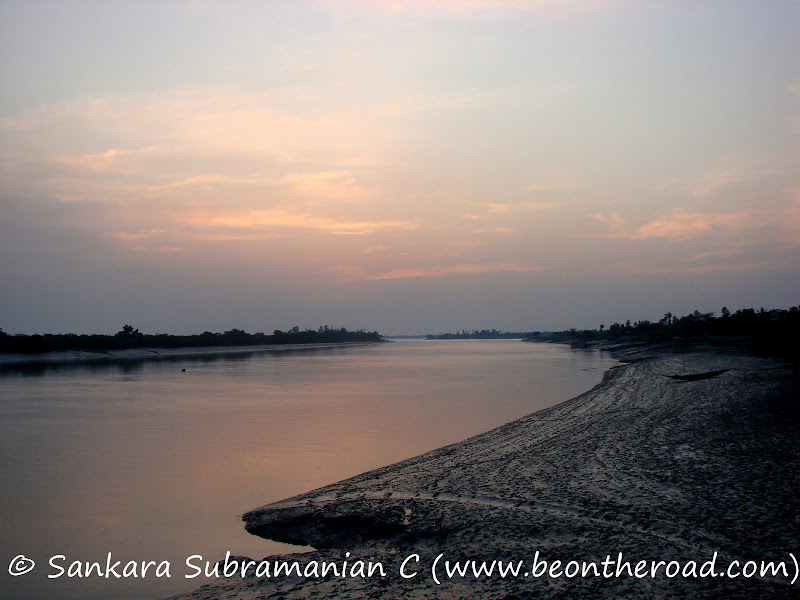West Sikkim and Pelling – of monasteries, waterfalls, high bridges and treks in the Kangchendzonga range!!
Of days gone by...this April during my solo all India motorcycle journey…
After having a great time touring Tsomgo Lake in East Sikkim, Gurudongmar Lake and Yumthang Valley in North Sikkim, I was now bound for West Sikkim and its largest town – Pelling. And, this time I was back on my motorcycle. It took me about 4 and a half hours to cover the 125 kms from Gangtok to reach Pelling. The entire route was dressed in green and offered some great views. On reaching Pelling, I checked into a hotel with a room that offered me great views of Kangchendzonga peak. Post lunch, I left for a famous tourist spot – Singshore bridge, which is located 25 kms from Pelling.
The road to Singshore was in a pretty bad shape and at couple of places there was hardly any surface and as is typical with the rest of Sikkim, this area is also landslide prone. Finally, after an hour long bumpy ride, I was at the Singshore bridge, which is the highest bridge in Sikkim.It is an engineering feat made possible by connecting two hills. Since, the bridge is old and is of historic value, no vehicles are allowed to go on the bridge. Only people are allowed to walk on it. While standing on the bridge, I got spectacular views of the green hillsides, beautiful hillsides and the deep valley below.

Next day, I visited Pemayangtze monastery in the morning. Though this monastery is not the oldest in West Sikkim, it is still the one that is held in the highest regard as this monastery is only meant for ‘ta-sang’ lamas (pure monks). The Pemayangtze monastery draws religious sustenance from the Mindoling monastery in Central Tibet. The Monastery contains numerous antique idols and objects of worship and is filled with wall paintings and sculptures. A stand out feature of the monastery is a seven tiered painted wooden structure on the top floor portraying Guru Rimpoche’s Heavenly Palace ‘Santopalri’ which was completed single-handedly by the late Dungzin Rimpoche in a span of five years. Once I had seen the monastery, I walked to the Rabdentse ruins, which is situated close by. This ex second capital of Sikkim was ravaged and today exists as ruins that is being preserved by the Indian Archaeological Society. The landscape here is striking. The short trek from Pemayangtze to Rabdentse also offers great bird watching opportunities.

Post lunch, I went to the Khecheopalri lake, which is considered as one of the sacred lakes of Sikkim by the Hindus and Buddhists. The ride to the top of Khecheopalri lake is great, but the lake itself did not generate a lot of interest within me. There is a small temple in one corner and the lake itself looks like a small water body amidst greens. After a short stop here, I next went to the Kangchendzonga falls, which is the largest in West Sikkim. But, when I went there, I found that this area of Sikkim had hardly received any rainfall and hence the mighty waterfall was a mere trickle.
Overall, a variety trip this was for me in West Sikkim. The stand out feature here is the view of the Himalayan peaks. And at 6,800 feet, Pelling is your lazy and laidback hill station with a lot of sightseeing opportunities. Plus, for the adventure seeker, the town of Yuksom is close by. Apparently, Yuksom is the base camp for all treks in the Kangchendzonga range.
To see India through the eyes of a motorcyclist’s lens, visit the album below.
 |
| my solo all-india motorcycle journey |
Continue Reading...







































































